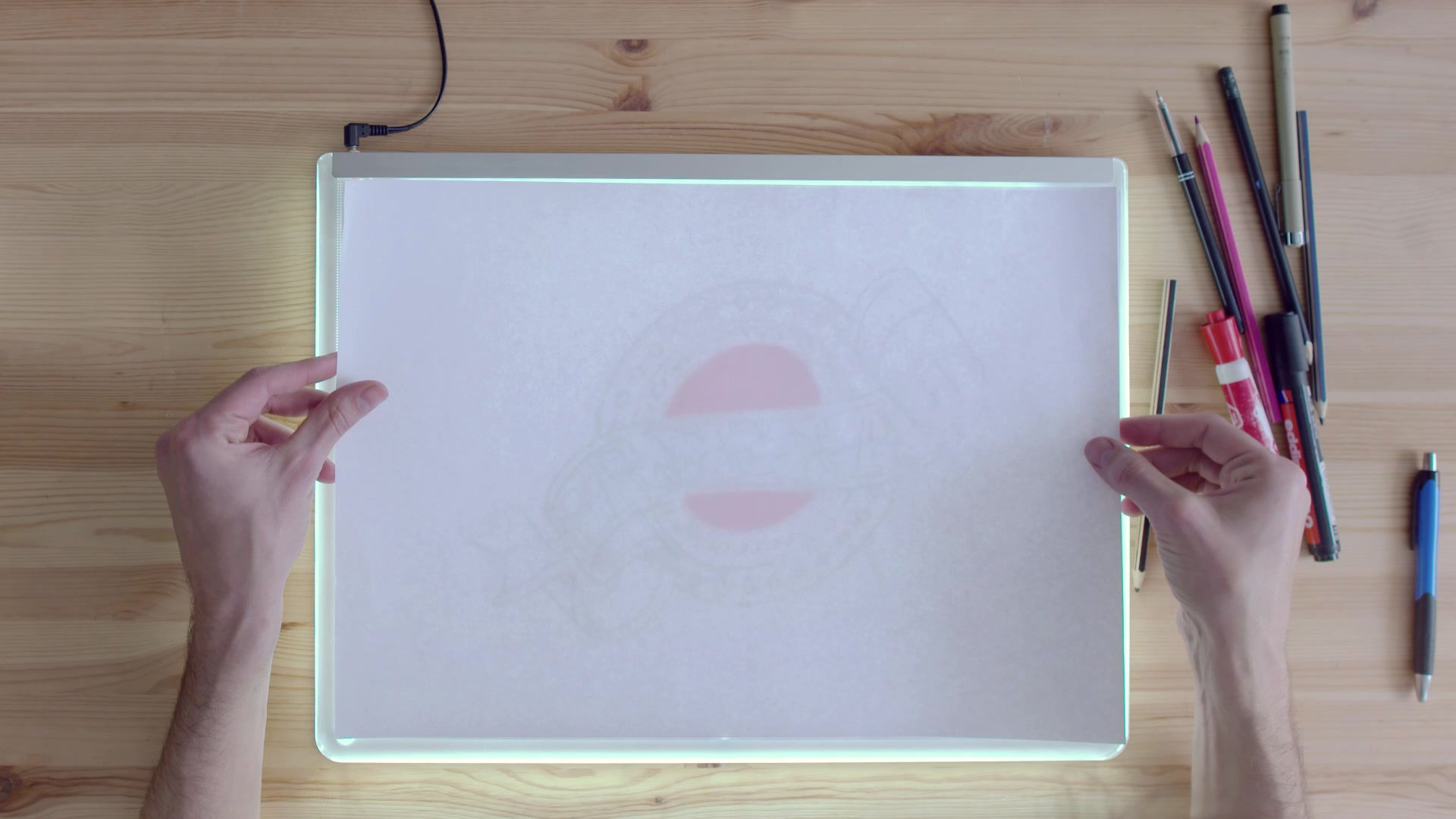Improving Drive-Thru Experiences for the Deaf Community: A Call to Action for Restaurants
- Cheryll Atienza

- Oct 25, 2023
- 3 min read
Updated: Feb 6

In a world where convenience is king, drive-thru restaurants have become a staple for busy individuals looking to grab a quick meal on the go. However, for members of the Deaf community, this convenience often turns into frustration due to the lack of effective communication at drive-thru windows. In this article, we'll explore the challenges faced by the Deaf community when ordering food at drive-thru restaurants and shed light on how some establishments, like Starbucks, have taken a step in the right direction by implementing ASL sign language via video cameras. We'll also discuss the importance of patience, respect, and inclusivity in ensuring a positive dining experience for all customers.
The Frustration with Drive-Thru Ordering
For Deaf individuals, ordering food at a drive-thru can be a daunting task. The traditional drive-thru setup heavily relies on spoken communication, making it difficult for those who use sign language or require written communication. This limitation often results in misunderstandings and unpleasant interactions. While many Deaf individuals have adapted to this situation by using written notes or text-to-voice apps, the burden should not fall solely on them to bridge the communication gap.
The Starbucks ASL Sign Language VideoCam Solution
Starbucks, a global coffee giant, has taken a pioneering step in addressing this issue. The company has introduced ASL sign language video cameras at some of its drive-thru locations. These video cameras allow Deaf customers to communicate with employees using American Sign Language. This innovation has been a game-changer, as it not only eases the ordering process but also sends a powerful message of inclusivity and respect for the Deaf community.
The Power of Inclusivity
Starbucks is setting an example for all drive-thru restaurants by showing that catering to the unique needs of the Deaf community is not only possible but also beneficial. This initiative has garnered positive attention and commendation from both Deaf and hearing customers, showcasing the impact of inclusivity in business. Other restaurants can learn from Starbucks and implement similar solutions to improve the experiences of Deaf patrons.
A Call to Action for All Restaurants
It is crucial for all restaurants to recognize the importance of accommodating the Deaf community at their drive-thru windows. Here are some steps that can be taken to create a more inclusive environment:
1. Implement ASL Sign Language Video Cameras
Restaurants should consider following Starbucks' lead by integrating ASL sign language video cameras. This not only provides a more accessible means of communication but also sends a message of equality and inclusivity.
2. Train Staff to Understand Deaf Culture
Proper training is essential to ensure that staff members are aware of Deaf culture and communication methods. This can help reduce misunderstandings and improve the overall customer experience.
3. Encourage Patience and Respect
Both Deaf and hearing customers should be encouraged to exercise patience and respect when interacting with one another. Mutual understanding and consideration go a long way in creating a harmonious dining experience.
4. Provide Alternative Ordering Options
Restaurants can offer alternative ordering options, such as written menus or text-to-voice technology, to cater to the diverse needs of their customers.
In a world that is constantly evolving, it's vital for businesses, especially those in the service industry, to adapt and cater to the needs of all customers. Drive-thru restaurants can play a significant role in fostering inclusivity by taking a page from Starbucks' book and implementing solutions like ASL sign language video cameras. By embracing Deaf culture, encouraging patience and respect, and offering alternative ordering options, restaurants can ensure that the Deaf community enjoys the same convenience and satisfaction as all other customers. Let's work together to make drive-thru restaurants truly accessible and welcoming for everyone, regardless of their communication preferences.























































Comments